The digital landscape is a whirlwind of innovation, constantly reshaped by user expectations and technological leaps. If you’re building or enhancing a mobile app today, you know that standing still is simply not an option. User Interface (UI) and User Experience (UX) are no longer just buzzwords; they are the bedrock of successful digital products. They dictate whether an app is loved, used repeatedly, or quickly forgotten. That’s why keeping a pulse on the hottest mobile UI UX trends is absolutely critical. We’re talking about more than just aesthetics; we’re delving into how users interact, feel, and achieve their goals within a mobile ecosystem that’s more sophisticated and demanding than ever before. Let’s dive in and explore the cutting-edge trends that are defining mobile interactions right now.
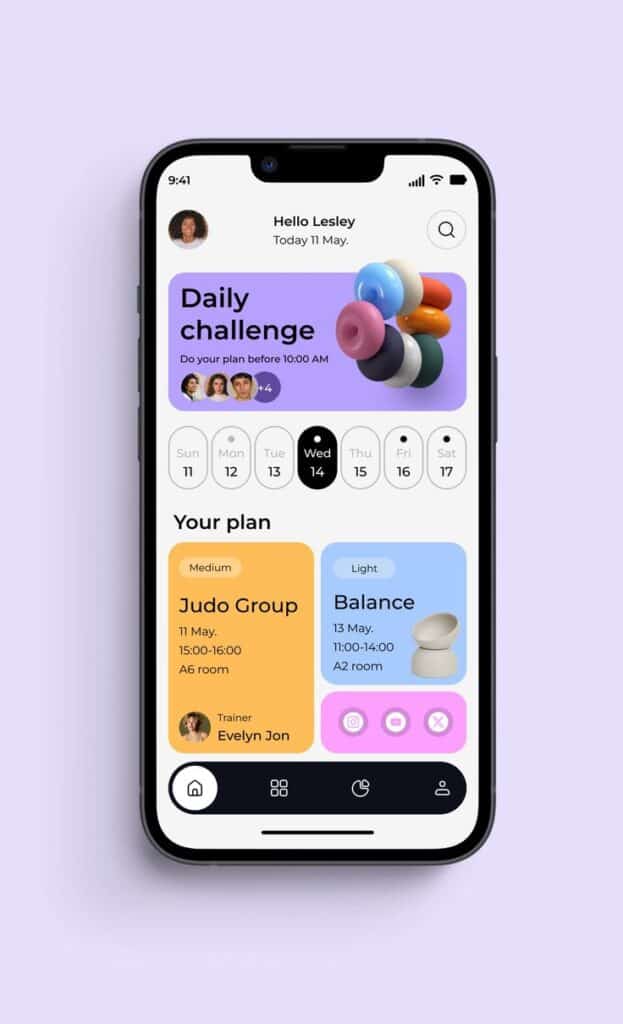

The Ascent of Immersive Experiences: AR, VR, and MR
The boundaries between the digital and physical worlds are dissolving, thanks to the rapid advancements in Augmented Reality (AR), Virtual Reality (VR), and Mixed Reality (MR). What once felt like science fiction is now becoming an everyday reality for mobile users. AR, in particular, has seen massive adoption, integrating digital elements into our real-world view through smartphone cameras. Think about trying on virtual glasses before buying them, visualizing furniture in your living room, or even playing games where characters appear on your street.
VR, while requiring dedicated headsets, is also making strides in mobile-compatible experiences, offering fully immersive digital worlds for entertainment, education, and even virtual meetings. MR, the most advanced of the three, blends digital and physical objects seamlessly, allowing them to interact in real-time. From training simulations to intricate product design, MR is unlocking new dimensions of human-computer interaction.
For UI/UX designers, this shift means moving beyond 2D screens to designing for spatial computing. We’re grappling with challenges like natural gestural controls, intuitive navigation in 3D environments, and the critical importance of haptic feedback to ground users in these new realities. The goal is to create experiences that feel less like using an app and more like interacting directly with the world around you, enhanced by technology. These immersive technologies promise to transform everything from shopping to remote work, making experiences richer and far more engaging.
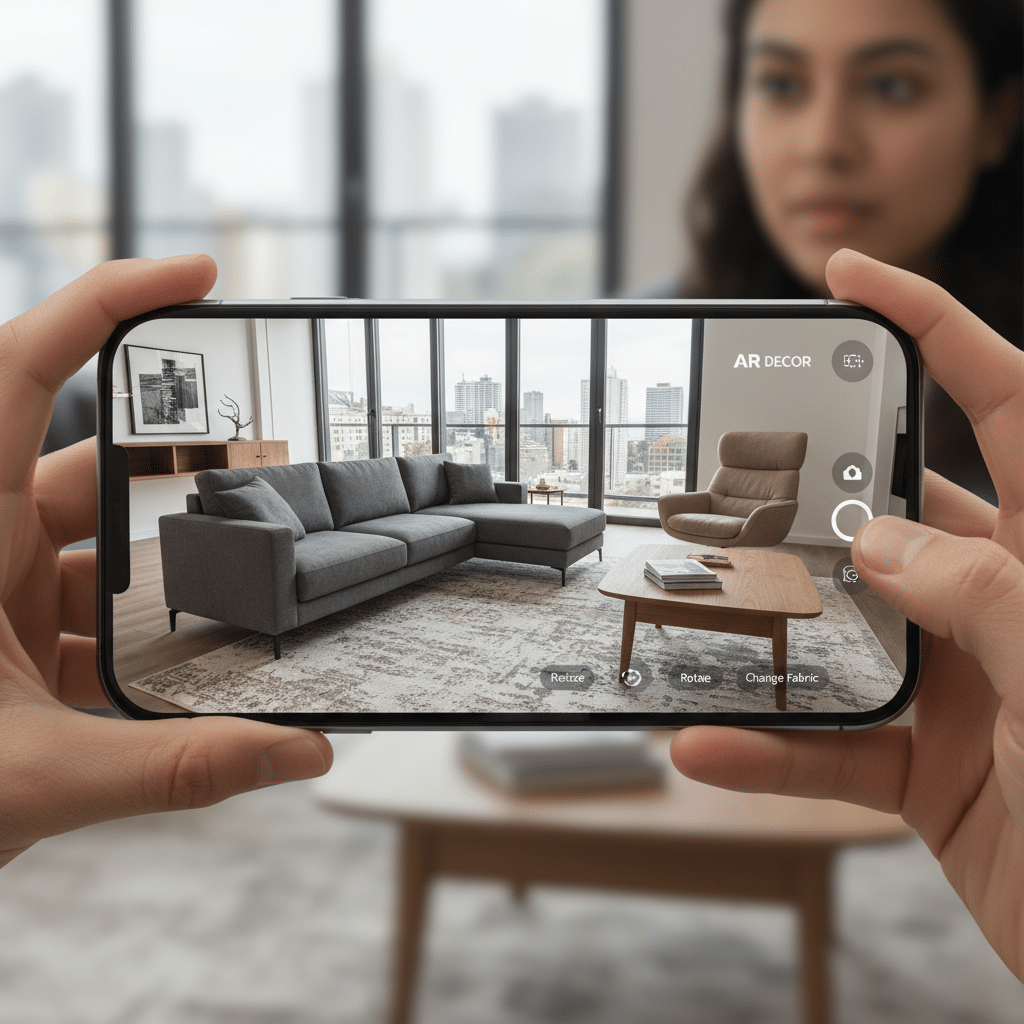
Personalization and AI-Powered Interfaces
Remember when apps were generic, one-size-fits-all tools? Those days are rapidly fading. Today’s users expect experiences tailored precisely to their needs, preferences, and behaviors. Artificial Intelligence (AI) is the engine driving this revolution in personalization. AI algorithms analyze vast amounts of user data – from past interactions and preferences to location and time of day – to deliver hyper-relevant content, features, and recommendations.
Think about your streaming service suggesting movies you’ll actually like, your news app curating articles based on your reading history, or an e-commerce platform showing products you’re likely to purchase. This isn’t just about convenience; it’s about making the app feel like it truly understands you. AI powers predictive text, smart notifications, and even adaptive interfaces that subtly change their layout or feature prominence based on your typical usage patterns.
The UI/UX challenge here lies in balancing intelligent automation with user control. Users want their lives made easier, but they also want transparency and the ability to customize or opt-out of certain personalized features. Ethical considerations around data privacy and algorithmic bias are also paramount. Designers must ensure that AI-driven personalization enhances the user experience without feeling intrusive or compromising trust.
The Rise of Voice and Conversational UI
Typing is so last decade, right? Well, not entirely, but voice and conversational interfaces are definitely giving it a run for its money. With the ubiquity of smart speakers and voice assistants like Siri, Google Assistant, and Alexa, users are increasingly comfortable interacting with technology using natural language. This trend is extending rapidly into mobile apps, where voice commands, chatbots, and virtual assistants offer new avenues for interaction.
A well-designed conversational UI can significantly streamline tasks, making apps more accessible and efficient. Imagine booking a flight, ordering food, or getting customer support simply by speaking or typing naturally into an app. The key to success here lies in robust Natural Language Processing (NLP) that understands intent, handles nuances, and provides helpful, context-aware responses.
From a UI/UX perspective, designing for voice is a unique beast. It requires thinking beyond visual layouts to craft compelling dialogue flows, anticipate user queries, and manage conversational context. How does the app “speak” back? How does it confirm actions? What happens when it doesn’t understand? Visual cues, subtle animations, and clear error handling are still crucial, even in a voice-first interaction. The goal is to make these interactions feel as natural and intuitive as talking to another person, only more efficient.

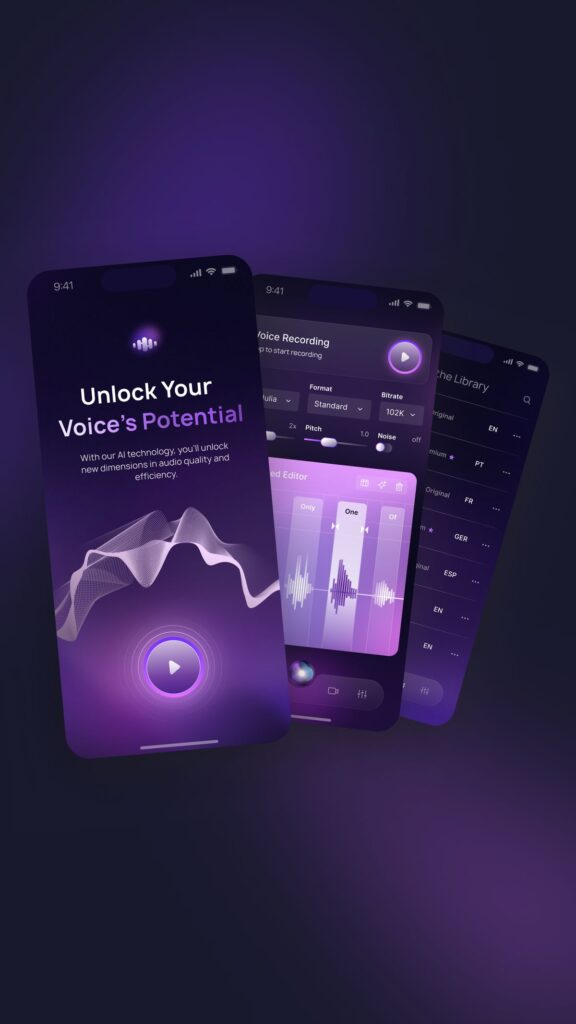
Dark Mode’s Dominance and Dynamic Theming
Dark mode isn’t just a fleeting fad; it’s a mainstream preference that has reshaped app aesthetics. Originally praised for reducing eye strain in low-light conditions and conserving battery life on OLED screens, dark mode has evolved into a stylish and often preferred visual option for millions of users. Its deep, rich colors and subtle contrasts offer a sophisticated alternative to traditional light interfaces.
Beyond a simple toggle between light and dark, the trend is moving towards more dynamic and personalized theming options. Users increasingly expect to customize their app’s appearance, choosing accent colors, font styles, and even icon sets. Some apps now offer themes that change based on time of day, location, or even the user’s mood.
For UI/UX designers, implementing dark mode and dynamic themes effectively requires careful consideration of color theory, contrast ratios, and accessibility. Text and icons must remain legible across different themes, and the brand identity must be consistently conveyed, regardless of the user’s chosen aesthetic. Thoughtful design ensures that these customization options empower users without sacrificing usability or visual harmony.

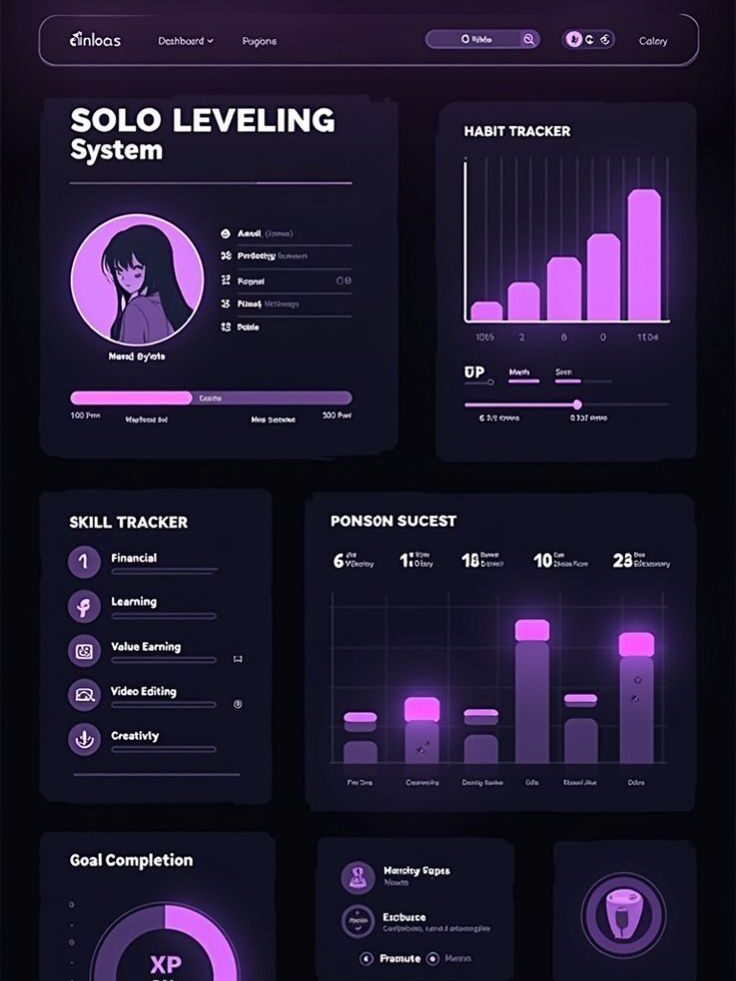
Motion, Microinteractions, and Delightful Animations
In an increasingly competitive app market, simply being functional isn’t enough. Users crave delight, and that’s where motion design, microinteractions, and subtle animations come into play. These aren’t just decorative; they serve critical UX functions, guiding users, providing feedback, and making the entire experience feel more polished and intuitive.
Think about the satisfying “ding” when you send a message, the subtle bounce of an icon after you tap it, or the elegant transition between screens. These small, often unnoticed details are microinteractions. They confirm actions, indicate progress (like a loading spinner), prevent errors, and generally make the app feel alive and responsive. A study by the Nielsen Norman Group highlighted how even simple animations can significantly improve user perception of speed and responsiveness.
Well-executed motion design enhances perceived performance, reduces cognitive load, and adds a layer of personality to an app. Designers are increasingly using animated onboarding sequences, animated button states, and clever transition effects to create a seamless and enjoyable user journey. The trick is to use motion purposefully, ensuring it adds clarity and charm without becoming distracting or slowing down the interface.
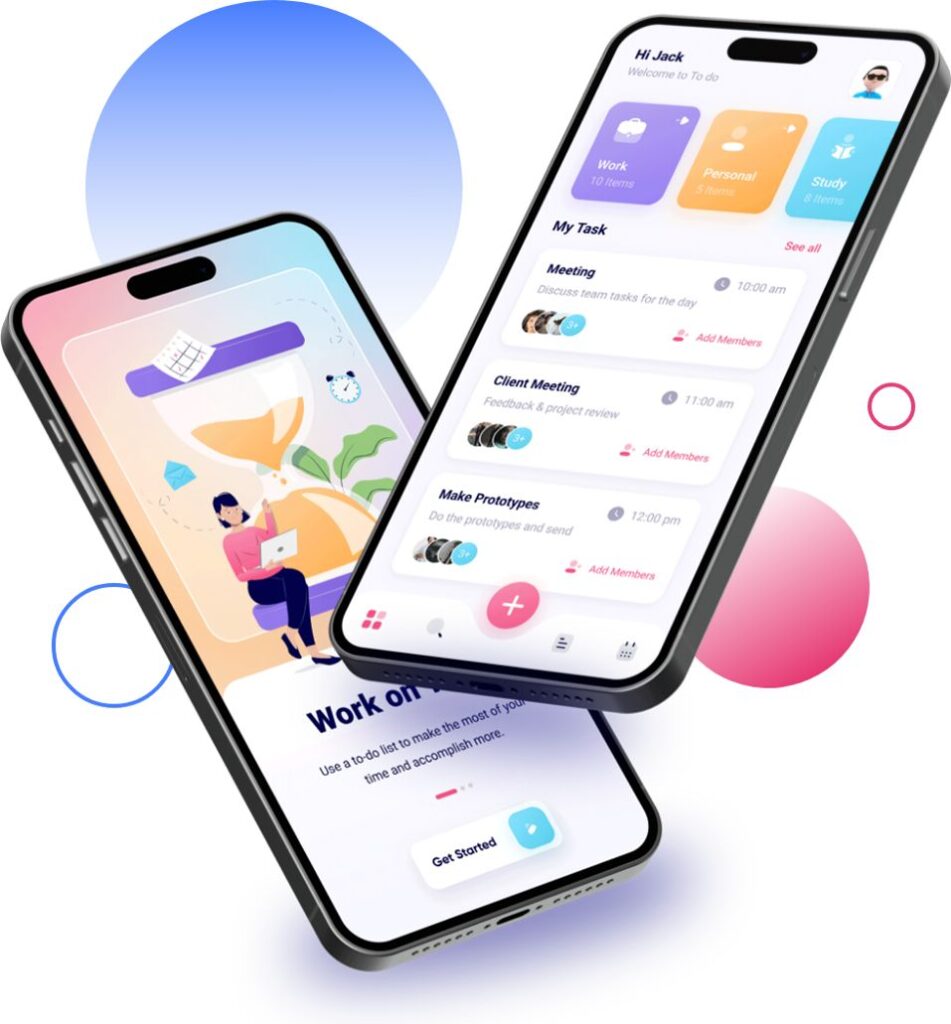
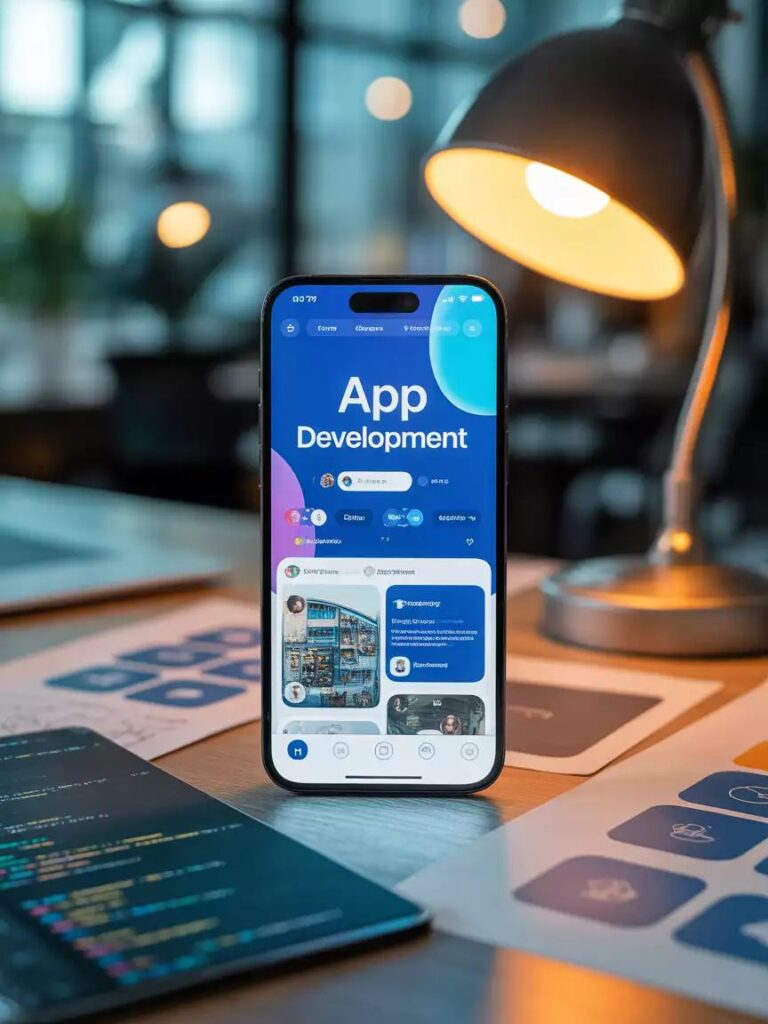
Gesture-Driven Navigation and Intuitive Interactions
Remember the days of endless hamburger menus and tiny back buttons? While they still exist, the mobile world is increasingly embracing gesture-driven navigation. Inspired by the natural movements we use on touchscreens, gestures like swiping, pinching, long-pressing, and flicking are becoming the primary way users interact with their devices and apps.
The shift to gesture-based interfaces offers several advantages: it frees up valuable screen real estate by reducing the need for on-screen buttons, makes interactions feel more fluid and natural, and can significantly speed up common tasks. For example, a simple swipe to dismiss, archive, or navigate back is often faster and more ergonomic than tapping a small icon.
The UI/UX challenge with gestures lies in discoverability and consistency. If a gesture isn’t intuitive or isn’t consistent across different apps, it can frustrate users. Designers must find the right balance between innovative gestures and established conventions, often using subtle visual cues or animated hints to guide users. As devices become more bezel-less, reliance on edge-to-edge gestures will only increase, making intuitive gesture design a paramount skill.
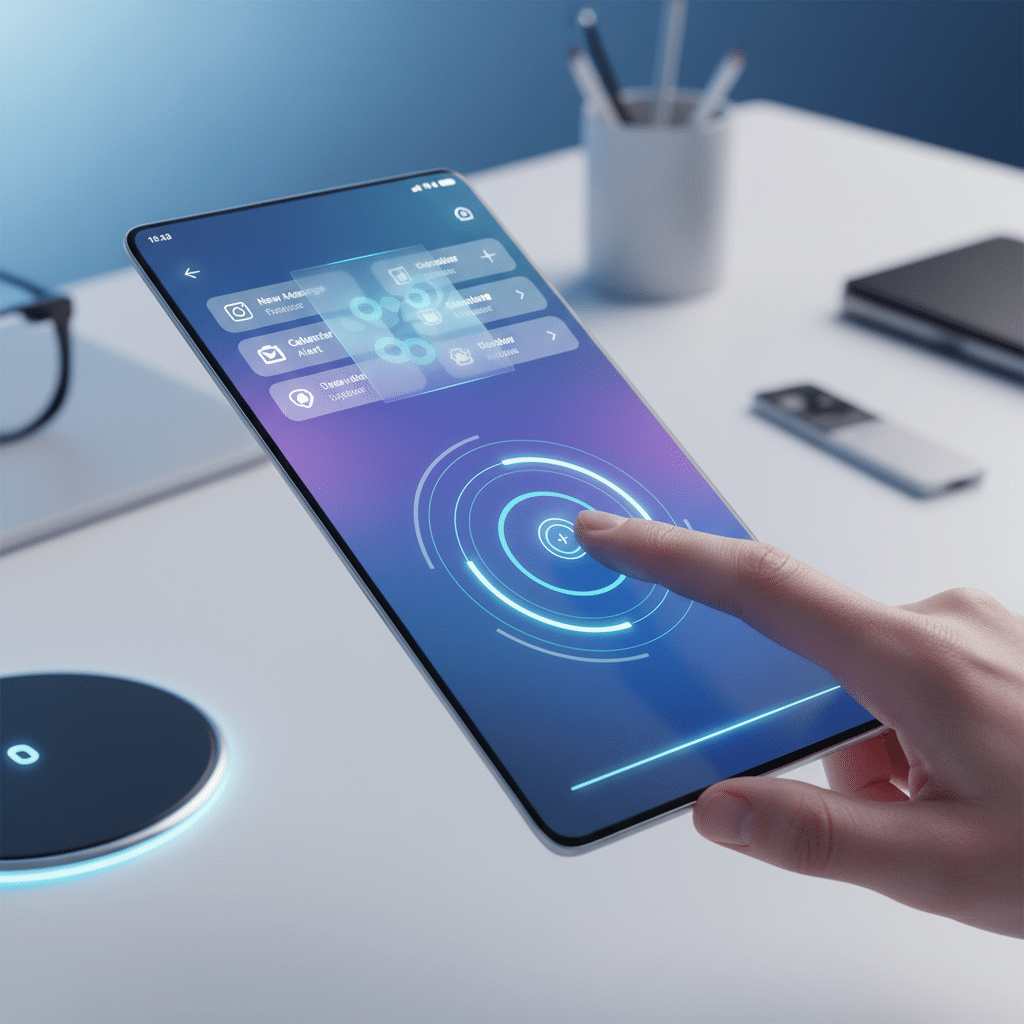
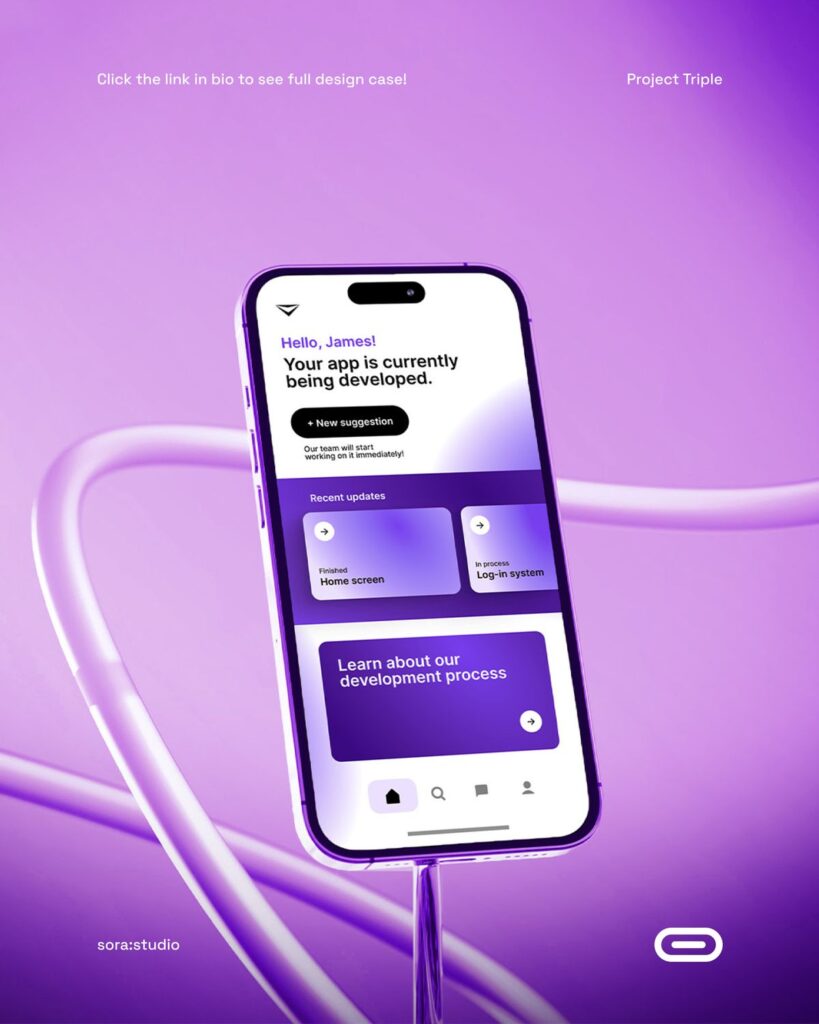
Ethical Design and Digital Well-being
As technology becomes more integrated into every facet of our lives, there’s a growing awareness of its potential downsides, including digital addiction, information overload, and the impact on mental health. This has led to a crucial trend: ethical design focused on digital well-being. UI/UX designers are no longer just focused on getting users to spend more time in an app, but on helping them use it better and more mindfully.
Ethical design principles involve creating apps that are transparent about their data usage, give users genuine control over their privacy, and are designed to minimize manipulative patterns (dark patterns). For digital well-being, this means implementing features like screen time limits, mindful notification settings (e.g., summary notifications), “grayscale” modes to reduce screen appeal, and clear prompts that encourage users to take breaks.
Designers are integrating features that empower users to manage their digital habits, such as usage dashboards and tools that help distinguish between essential and non-essential app interactions. The focus is shifting from “engagement at all costs” to fostering a healthier, more balanced relationship between users and their devices. This trend reflects a broader societal movement towards responsible technology use.
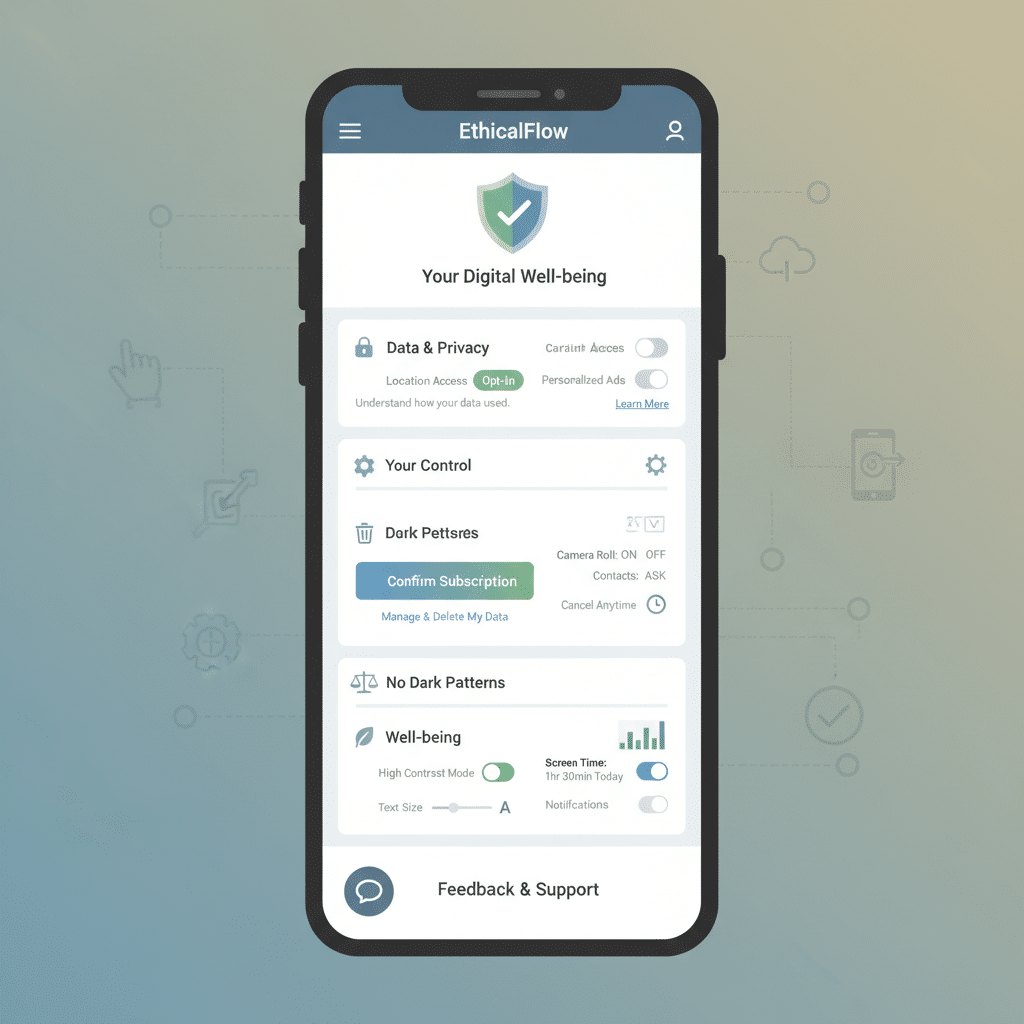

Sustainability in UI/UX: Designing for a Greener Tomorrow
The climate crisis is prompting every industry to reconsider its environmental footprint, and digital design is no exception. “Green UI” or “Sustainable UI/UX” is an emerging trend that acknowledges the environmental impact of digital products, from data storage to energy consumption, and seeks to mitigate it through conscious design choices.
This involves several practical approaches: optimizing assets to reduce data transfer sizes, using efficient animations that consume less processing power, and promoting dark modes on OLED screens where black pixels consume less energy. It also extends to informing users about their digital consumption, encouraging behaviors that reduce environmental impact, and choosing eco-friendly hosting solutions.
For designers, this means being mindful of the entire lifecycle of a digital product. It’s about questioning whether every feature is truly necessary, simplifying user flows to reduce clicks and data calls, and opting for minimalist aesthetics that are not only visually appealing but also energy-efficient. Just as architects consider sustainable building materials, digital designers are now thinking about the “carbon footprint” of their pixels and code.

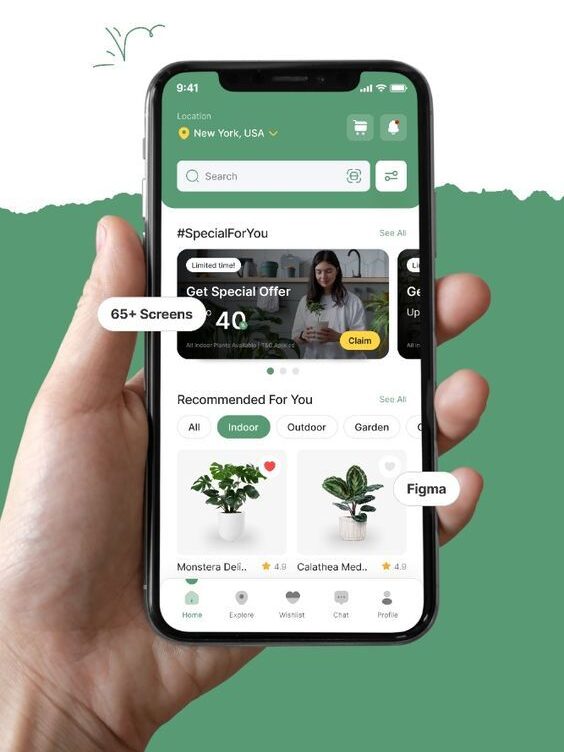
Inclusive Design and Accessibility
Good design is for everyone. Inclusive design and accessibility are not just legal requirements; they are fundamental pillars of ethical and effective UI/UX. This trend emphasizes creating mobile experiences that are usable and enjoyable by people of all abilities, regardless of their physical, cognitive, or situational limitations.
Key accessibility considerations include: ensuring high contrast ratios for text and UI elements to aid users with visual impairments; providing adjustable font sizes; making sure apps are fully navigable via screen readers (with proper alt text for images and semantic HTML); offering clear and predictable navigation paths; and providing captions or transcripts for audio and video content. Furthermore, inclusive design also considers users in diverse contexts, such as those with limited data plans, in bright sunlight, or using devices with smaller screens.
By designing for the widest possible audience, we not only cater to those with disabilities but also improve the experience for everyone. For example, clear navigation benefits all users, not just those who might struggle with complex interfaces. Embracing inclusive design from the outset is far more efficient and effective than retrofitting accessibility features later. This holistic approach aligns with the principle of designing for human diversity.
The Blurring Lines: Cross-Platform and Adaptive Design
The era of designing solely for a “mobile-first” mindset is evolving into an “experience-first” approach. Users interact with brands across a continuum of devices: smartphones, tablets, smartwatches, smart displays, desktops, and even cars. The challenge, and the trend, is to provide a consistent, cohesive, and optimized experience across all these touchpoints.
This means moving beyond simple responsive design, which merely adapts layouts to different screen sizes, to adaptive design, where the interface actively changes its functionality and content based on the device, context, and user needs. A design system, a collection of reusable components and guidelines, becomes indispensable here for maintaining visual and functional consistency. Thinking about how a feature behaves on a watch versus a phone versus a desktop is key.
The goal is seamless transitions. A user might start a task on their phone during a commute, continue it on a tablet at home, and finish it on their desktop at work. The UI/UX needs to anticipate these shifts, ensuring data syncs smoothly and the user never feels lost or has to re-enter information. This trend highlights the importance of truly understanding the user journey across all their digital touchpoints.

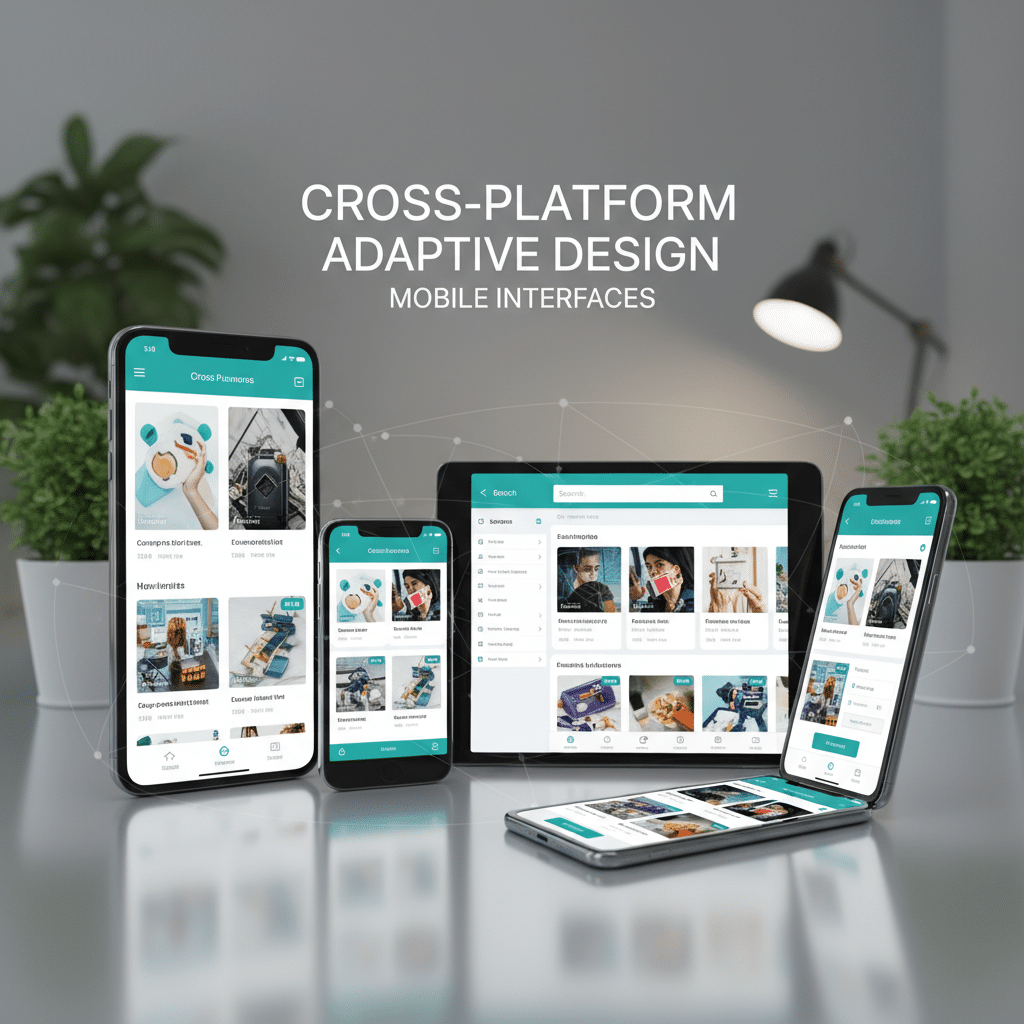
Super Apps and Ecosystems
In some regions, particularly Asia, the concept of “super apps” has taken hold, and the trend is slowly but surely influencing global design thinking. These are apps that consolidate multiple services – from messaging and social media to payments, food delivery, and ride-hailing – all within a single interface. Think WeChat or Gojek.
While immensely convenient for users who can access myriad services without switching between apps, designing a super app presents immense UI/UX challenges. How do you maintain a clear, intuitive navigation structure when you have dozens, if not hundreds, of features? How do you prevent information overload and ensure a coherent user journey?
The answer often lies in modular design, clear information architecture, and intelligent personalization that surfaces only the most relevant services to the user at any given time. Designers must master the art of simplifying complexity, ensuring that despite the vast array of functions, the app feels easy to navigate and genuinely helpful, rather than overwhelming.
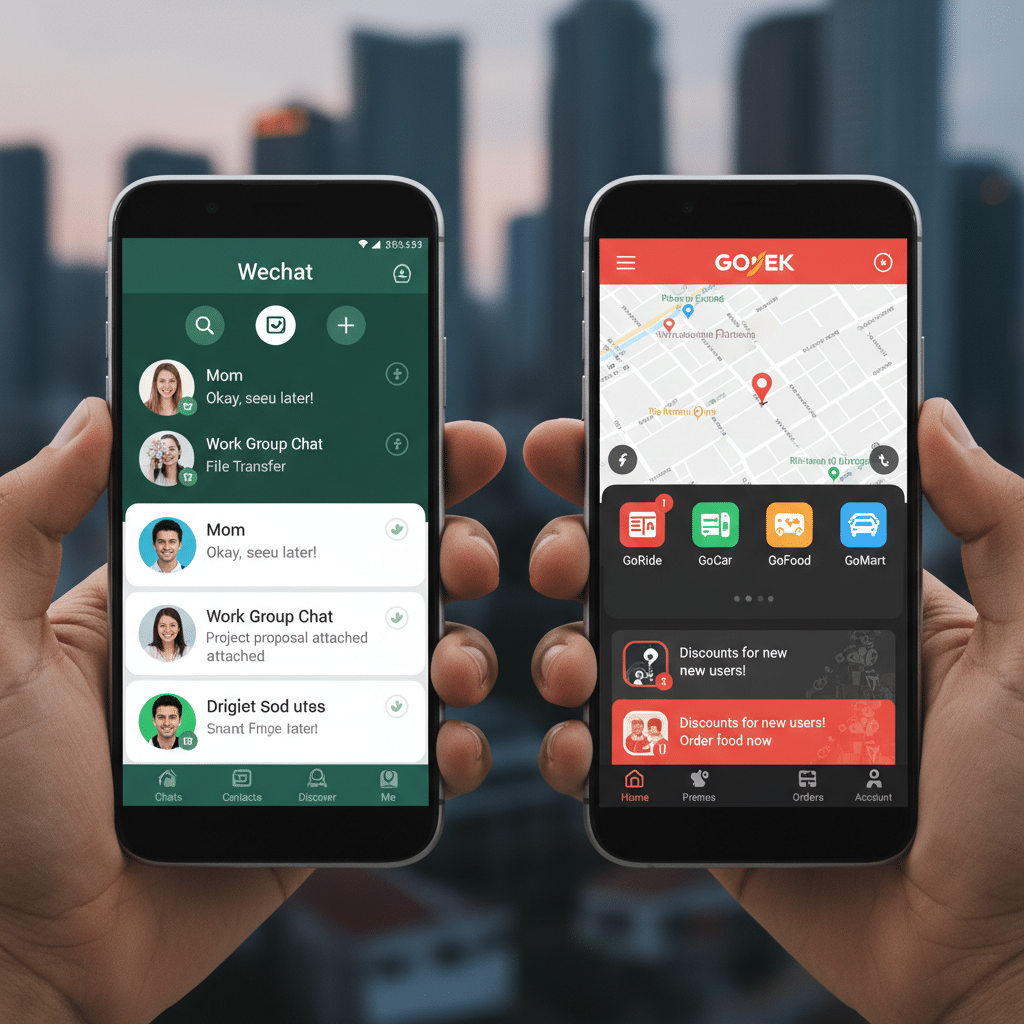
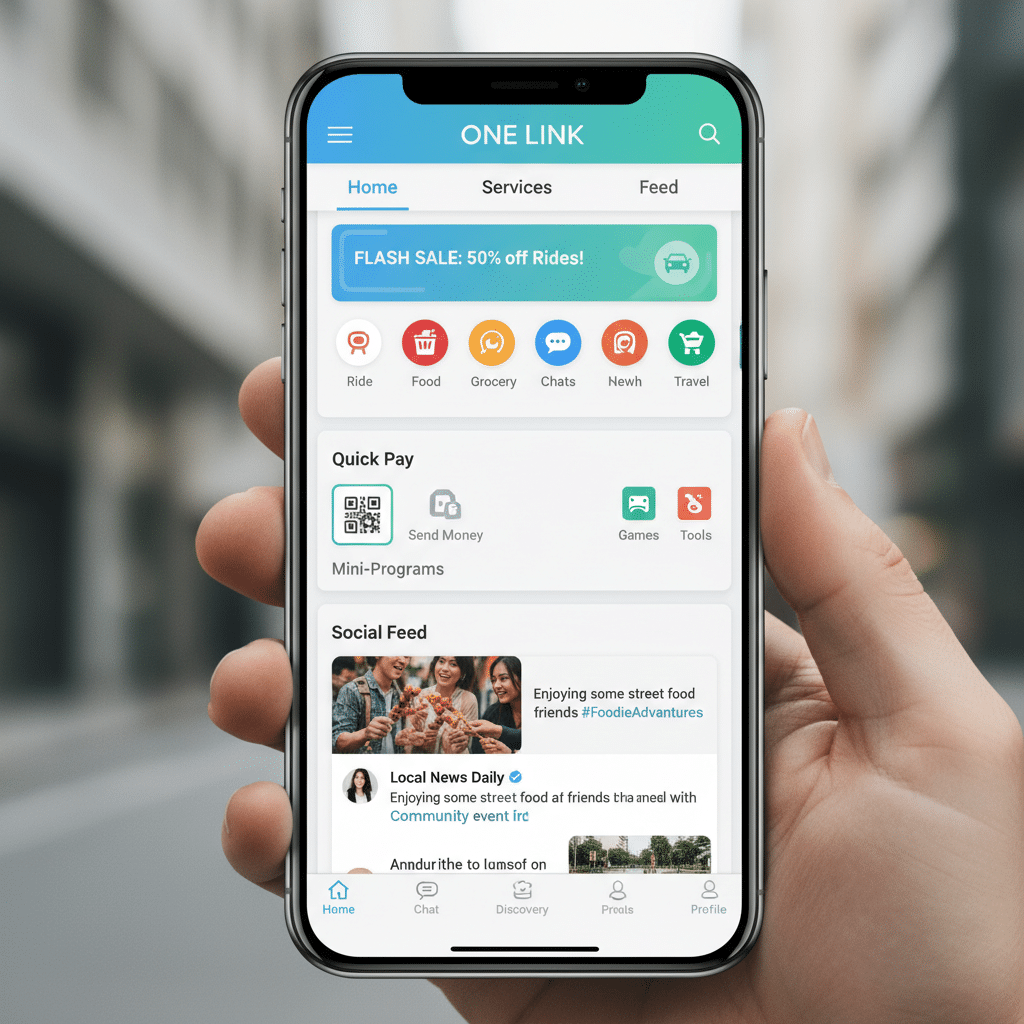
Minimalism and Clean Aesthetics
While new technologies and complex functionalities are emerging, the enduring appeal of minimalism in UI/UX remains strong. This trend isn’t just about aesthetics; it’s about clarity, focus, and efficiency. Minimalist design prioritizes content and essential interactions, stripping away clutter, unnecessary embellishments, and distracting elements.
The hallmarks of modern minimalist UI include ample white space (or negative space), simple typography, limited color palettes, clear iconography, and intuitive layouts. The philosophy is that less is more – by reducing visual noise, users can better focus on the task at hand and more easily comprehend information. This approach leads to faster load times, improved legibility, and a more sophisticated, modern feel.
For designers, achieving true minimalism is often harder than it looks. It requires ruthless editing and a deep understanding of hierarchy and user flow. Every element must justify its presence. The result, however, is an interface that feels calm, elegant, and incredibly efficient, allowing the content and the user’s interaction to take center stage. This pursuit of simplicity in design is akin to striving for a timeless logo – focusing on core elements for lasting impact.
Haptic Feedback and Multi-Sensory Experiences
Mobile interaction has traditionally been dominated by sight and sound. However, the trend towards multi-sensory experiences is leveraging the sense of touch through haptic feedback. Modern smartphones are equipped with sophisticated haptic engines that can produce a wide range of vibrations, from subtle taps to strong rumbles, offering a new dimension for UI/UX.
Haptic feedback isn’t just about buzzes; it’s about providing nuanced, contextual tactile responses that enhance the user experience. Imagine a subtle vibration confirming a successful drag-and-drop action, a distinct “thump” when you reach the end of a scroll, or a specific pattern of pulses for different types of notifications. This feedback can make interactions feel more tangible, provide immediate confirmation without visual distraction, and even contribute to immersive gaming.
For designers, integrating haptics effectively means understanding the psychology of touch and using it sparingly and purposefully. Overuse can be annoying, but thoughtful application can make an app feel more responsive, engaging, and even intuitive. It’s about creating a richer, more physically engaging connection between the user and their digital world.
Personal Branding and Customization Beyond the Basics
In a world saturated with digital products, users are increasingly looking for ways to express their individuality, even through their apps. This trend goes beyond simple light/dark modes and delves into deeper personalization that allows users to infuse their personal brand into their digital tools. We see this with custom icon packs, bespoke widget configurations, and even highly personalized aesthetic themes.
Users want to make their phones truly theirs. This desire for self-expression mirrors trends in other areas of life, like curating a capsule wardrobe aesthetics or choosing aesthetic phone wallpapers to reflect personal style. Apps that offer extensive customization options – from color schemes and fonts to layout variations and even personalized sounds – are empowering users to craft a digital environment that resonates with their identity.
For UI/UX designers, this means creating flexible design systems and user-friendly customization tools. It’s about offering choices without overwhelming the user and ensuring that even highly customized interfaces remain functional and accessible. The goal is to provide a platform for self-expression that enhances, rather than detracts from, the core utility of the app. This trend signals a move towards a more user-centric, adaptable digital world. If you’re looking for tools to help you create these flexible designs, exploring options like the best Figma UI kits can be incredibly helpful for streamlining your workflow and maintaining consistency across customizable elements.

Conclusion
The mobile UI/UX landscape is a vibrant, ever-changing tapestry of innovation. From the immersive allure of AR and VR to the subtle delights of microinteractions, and from the intelligence of AI to the profound importance of ethical and inclusive design, the trends we’ve explored paint a clear picture: the future of mobile is deeply user-centric.
Successful apps in the coming years won’t just look good; they’ll feel intuitive, adapt to individual needs, respect personal boundaries, and seamlessly integrate into our multi-device lives. For designers and developers, this means continuously learning, experimenting, and always putting the user at the heart of every decision. Embracing these trends isn’t just about staying relevant; it’s about crafting truly exceptional digital experiences that delight, empower, and genuinely improve people’s lives. So, go forth, catch these waves, and build the future, one pixel and interaction at a time!
What are the current trends shaping mobile UI and UX design?
The current mobile UI and UX trends include immersive experiences with AR, VR, and MR, personalized AI-driven interfaces, voice and conversational UI, dark mode and dynamic theming, microinteractions and animations, gesture-driven navigation, ethical design focusing on digital well-being, sustainability, accessibility, cross-platform adaptive design, super apps ecosystem, minimalism, haptic feedback, customizable personal branding, and inclusive design.
How is immersive technology like AR, VR, and MR impacting mobile app design?
Immersive technologies such as AR, VR, and MR are transforming mobile app design by moving beyond 2D screens to spatial computing, allowing for natural gestural controls, intuitive navigation, and more engaging interactions that blend digital and physical worlds, thereby enriching user experiences in shopping, gaming, training, and remote work.
What role does AI play in modern mobile app personalization?
AI enhances mobile app personalization by analyzing user data to deliver relevant content, recommendations, and adaptive interfaces, making experiences feel more tailored and intuitive while also raising important considerations around data privacy, user control, and ethical use.
Why are voice and conversational UIs becoming more popular in mobile apps?
Voice and conversational UIs are gaining popularity because they enable natural language interactions, making tasks like booking, shopping, or support more accessible and efficient, especially when designed with strong NLP capabilities, dialogue flow, and proper error handling for a human-like experience.
What is the significance of dark mode, microinteractions, and motion in enhancing user experience?
Dark mode reduces eye strain and saves battery life, while microinteractions and animations add delight, provide feedback, guide users, and improve perceived performance, making apps more engaging, intuitive, and polished.
- 0shares
- Facebook0
- Pinterest0
- Twitter0



